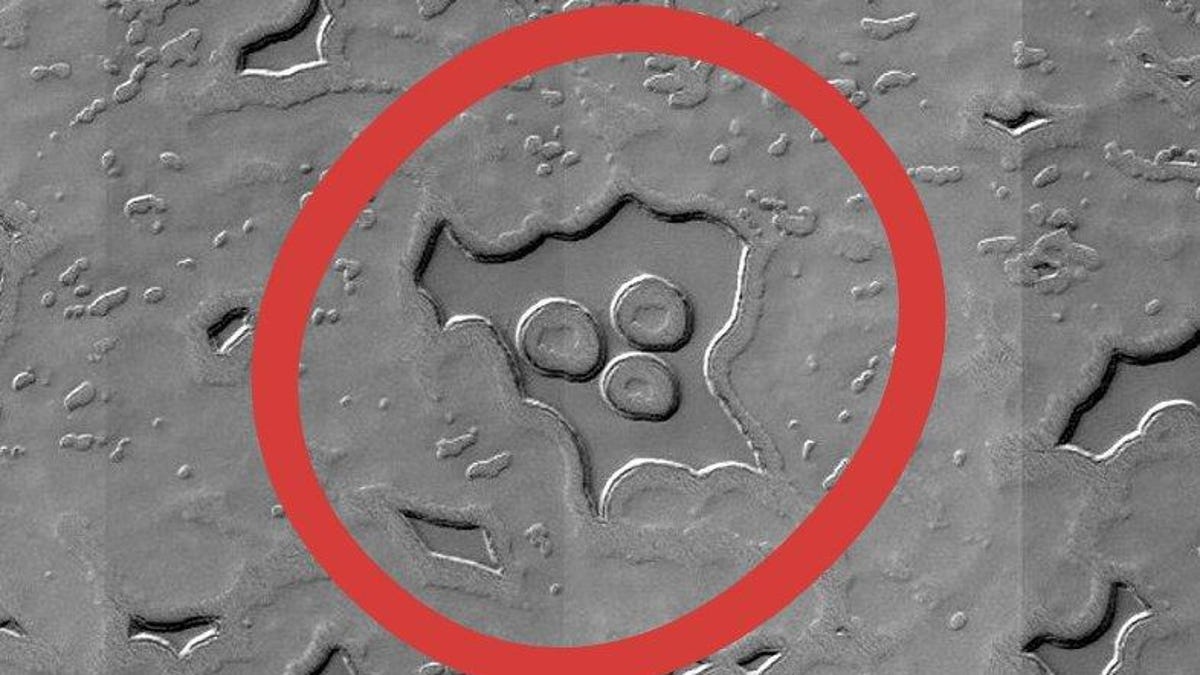NASA spots Beaker the Muppet in bug-eyed Mars formation
Behold, a portrait of a meeping Muppet on Mars.
If it's your job to stare at images of the surface of Mars all day long, you're bound to start seeing things, like Pac-Man and Muppets.
The University of Arizona's HiRise team is the group responsible for working with the camera on board NASA's Mars Reconnaissance Orbiter. The HiRise Twitter account shared some recent images of the Red Planet's south pole region that included a familiar face.
One of the formations looks like a portrait of Beaker from The Muppet Show.
And today’s HiPOD offers up a nice dose of pareidolia as well!#CannotUnsee pic.twitter.com/ZWtdfCCH3d
— HiRISE (NASA) (@HiRISE) August 13, 2018
Beaker is the ill-fated, crazy-haired lab assistant to Dr. Bunsen Honeydew. The tweet shows a photo of Beaker next to the surface configuration, which consists of two big round "eyes" and a perfectly placed bulbous "nose" that does indeed bear a resemblance to the Muppet.
The tweet contains the hashtag #CannotUnsee and mentions "pareidolia," the human tendency to see familiar objects in random shapes. This same phenomenon lets us imagine we see fish, Jabba the Hutt and a spoon in various Mars rock formations.
The HiRise team says the global dust storm on Mars has obscured much of the planet's surface, but the orbiter's camera still managed to get some good images of the polar region.
The southern polar cap is covered with frozen carbon dioxide, known on Earth as dry ice. This contributes to the area's unusual-looking formations full of pits and mesas.
Beaker had to put up with a lot of laboratory mishaps during his time on The Muppet Show, so it's nice he's been enshrined on Mars, far away from any experiments that could go awry.


